As you move into your middle-aged years, things start to change in your body.
You might have noticed that you carry a little extra weight around your waist and don’t have the same muscle tone as you did when you were 30.
Perhaps your doctor has told you that your cholesterol is high or that you must watch your blood pressure because it is borderline elevated.
I’ve heard it all before from my clients.
These are just a few common changes most individuals begin to experience during their middle-aged years.
And while not seemingly significant at first, these metabolic changes can compound into disease states which correlate with the highest rates of mortality.
These include cardiovascular disease, cancer, and neurodegenerative disease.
Middle Age & Disease Prevention
The best thing you can do to live a long, healthy life, free of disease, is to act preventatively.
It’s just like investing.
Start today for a more comfortable tomorrow.
The same applies to your health.
You need to think about it as an investment.
And ideally, you need to start thinking about your longevity strategy well before middle age.
But, I’m here to tell you that not all hope is lost if you are just starting now.
What’s important is that you have recognized these health changes as you move into middle age and are taking action by educating yourself.
It’s All About Strategy
The next step involves a strategy.
What are you going to do to start feeling healthier in your body?
I don’t love the term “age-related changes” because it implies that the changes to your health as you age are inevitable.
And while we are all in a slow state of decline, the rate of decline matters most.
Sure, sarcopenia, or muscle loss, is a function of age and is an “age-related condition,” but that doesn’t mean you are destined for the average muscle loss of 1% per year after age 50.
If you don’t act preventatively, maybe you are.
But that isn’t the case if you are implementing strategies to combat these typical age-related changes.
I’m going to break down a few common age-related changes.
Pick which ones resonate with you and follow the simple strategy to combat these changes.
It won’t be the whole picture, but it will give you a jumping point to research more and create a comprehensive approach.
Muscle Loss
Also known as sarcopenia.
As I mentioned earlier, the data clearly shows that you lose around 1% of your muscle mass each year after 50.
Between the age of 30 and 80, you will have lost around 40% of your lean tissue if you aren’t being proactive.
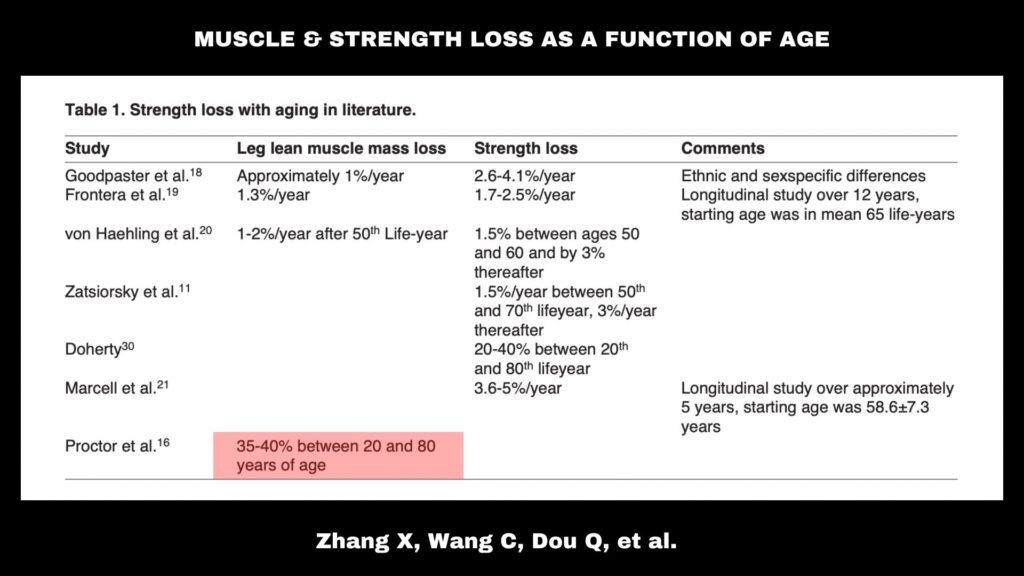
Muscle & strength loss is associated with greater mortality for a variety of reasons.
One of the most significant is falling.
Hip fracture and head trauma are significant causes of death, especially as you approach 60.
It’s not just about falling either.
It’s also about your ability to clear glucose efficiently.
Your muscle is the biggest sink for glucose storage, and if you don’t have a lot of muscle reserves, you are more likely to experience high blood sugar because that glucose does not have anywhere to be stored (besides the liver).
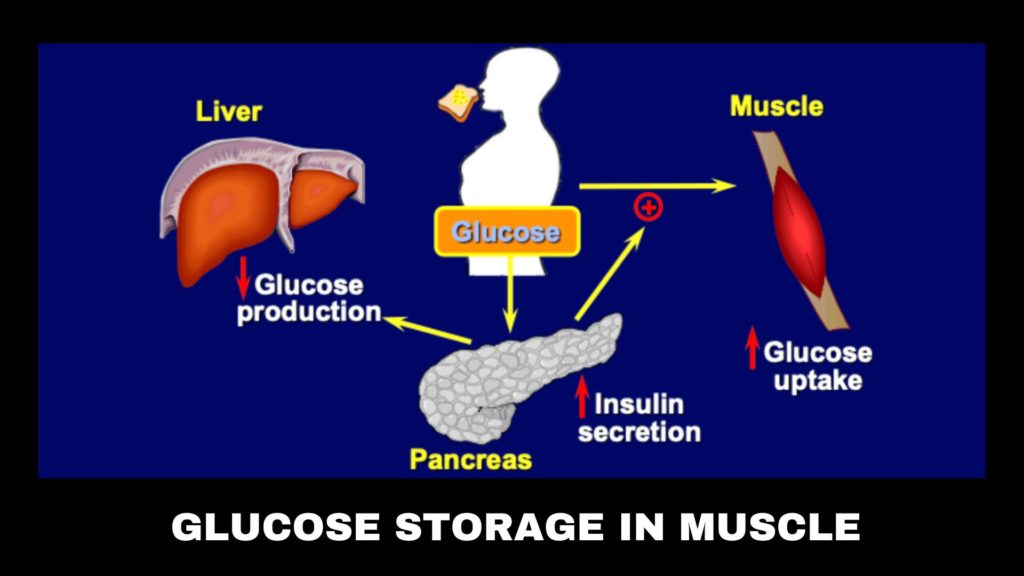
You also need muscle for performing daily tasks efficiently.
I bet that you want to play actively with your grandkids and not have to just watch them run around the playground.
You actually want to engage with them while they play.
And guess what?
Having more muscle mass lets you do just that.
Muscle Loss Prevention Strategy

Here’s the thing.
Muscle loss is actually really easy to combat from a mechanistic standpoint.
All you need to do is do two things.
1.) Strength train.
2.) Make sure you are eating 1g of protein per pound of body weight.
The data are unambiguously clear that this is the ideal protein quantity for gaining lean muscle tissue.

And for pretty obvious reasons, strength training will cause the adaptation of muscle gain.
The hard part is sticking to the plan and actually being consistent.
That’s why I provide accountability for my clients and check in with them daily to ensure they complete their prescribed workouts.
We work together to create a comprehensive exercise plan to increase lean muscle tissue, bone mineral density, and decrease body fat.
Having an expert in your corner goes a long way when it comes to slowing the rate of age-related muscle loss.
Believe it or not, I have some clients that have more muscle mass in their 60’s than they did in their 30’s.
As a result, they are metabolically healthier than they were in their youth.
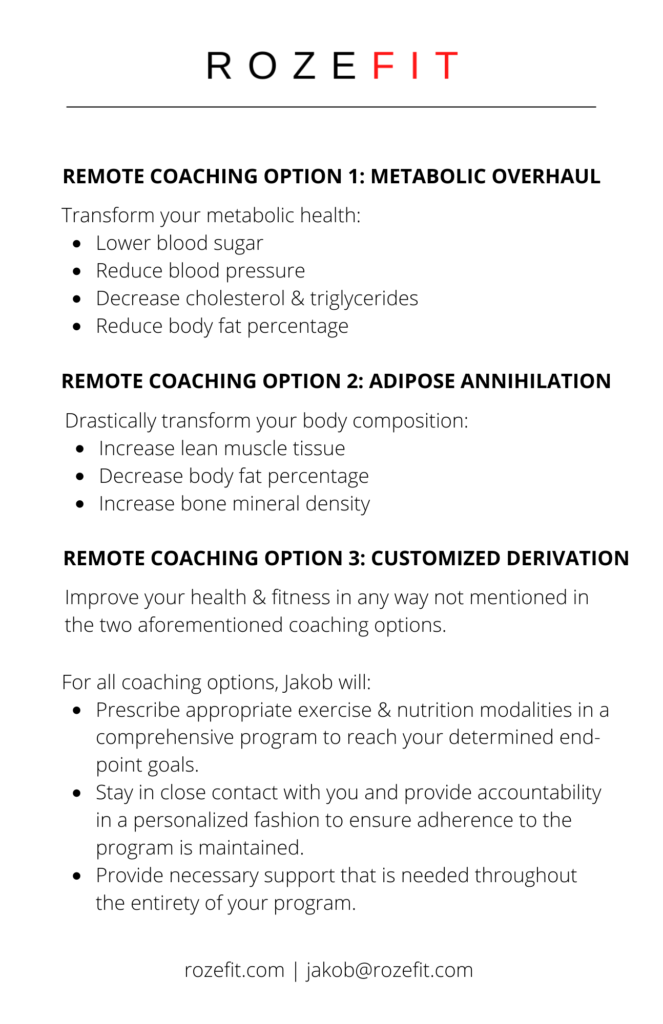
High Blood Pressure
This is a common one I see with my middle-aged clients.
Yes, the data suggests a rise a blood pressure as a function of age.
But that doesn’t mean it is inevitable.
You can actually get to an ideal blood pressure of 120/80 no matter how old you are.
Yes, sometimes pharmaceutical intervention is necessary, but you can usually reduce your blood pressure to ideal levels by implementing the right strategy.
High Blood Pressure Prevention Strategy

I’ll give you a hint.
It comes down to aerobic exercise.
Specifically, low-intensity steady-state cardiovascular exercise.
I prescribe my clients a super effective type of cardio called Zone 2.
It yields immense dividends when it comes to improving all of your metabolic health parameters.
But it works exceptionally well for decreasing your blood pressure.
You can send me an email to learn more, and I’ll be happy to explain in greater depth.
High Blood Sugar
Also a common finding amongst middle-aged adults.
Your doc might have told you that you have an elevated A1C level which is just an average of your blood sugar over time.
High blood sugar results from insulin resistance, and this ultimately causes type 2 diabetes if left untreated.
I can’t tell you how many of my clients came to me with borderline type 2 diabetes.
This disease can wreak havoc on your health and is strongly associated with cardiovascular disease, cancer, and high mortality rates.
Bottom line, you don’t want type 2 diabetes.
High Blood Sugar Prevention Strategy
A big one is going to be getting you more insulin sensitive.
Insulin is the hormone that acts as the key to unlocking the receptor that traffics glucose into the cell.
If you are insulin resistant, your body can’t effectively translocate what are called glut4 transporters, which allow glucose into the cell.
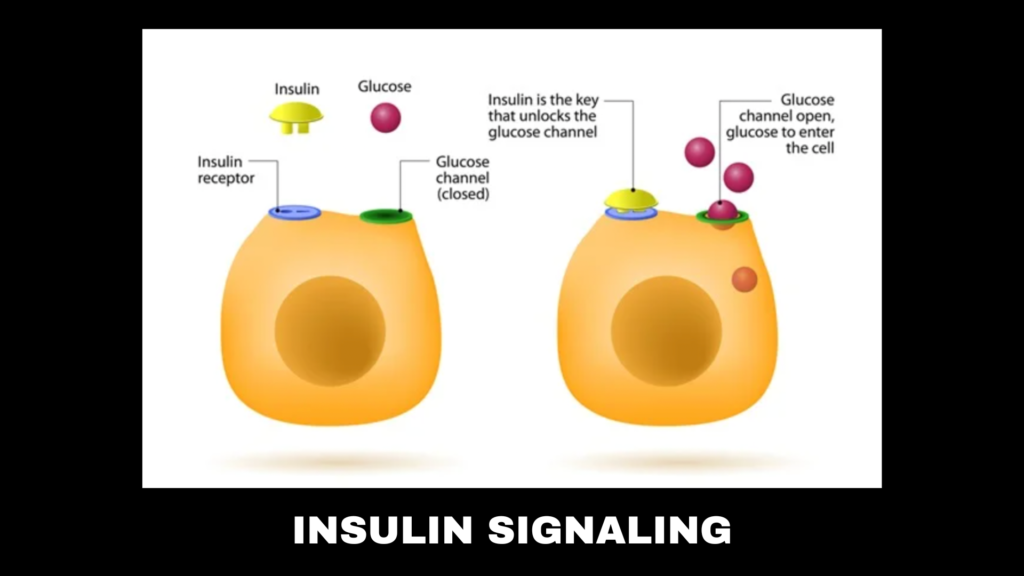
The result is high serum blood sugar levels which, when chronic, causes a host of metabolic issues that damage the endothelium of your vasculature.
Getting your blood sugar and A1C levels down comes down to two things.
1.) Implementing an exercise strategy.
2.) Implementing a diet strategy.
The diet piece will come from reducing high glycemic foods, and the exercise piece will address your glucose clearance capacity via increased mitochondrial efficiency.
The more efficient your mitochondria are, the easier your body can clear glucose, resulting in lower average blood sugar levels.
I have a comprehensive system to address these concerns when I coach my clients.
Increased Body Fat
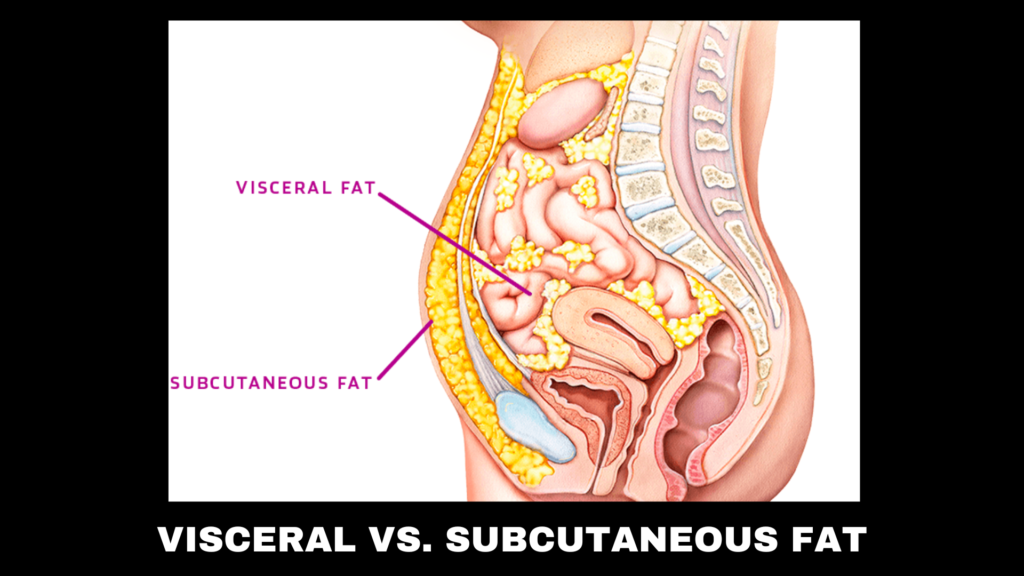
You might have noticed that you carry more weight, especially around your waist.
This is common during your middle-aged years but, again – not inevitable.
And it is certainly reversible.
Just like I have clients in their 60s that have more muscle mass than they did when they were 30, I have clients that also have a leaner physique in their 60s than in their youth.
Again, it really comes down to having the right strategy.
A carefully crafted exercise & diet program which specifically addresses visceral adipose tissue.
The fat which is commonly found around your organs and is the most consequential in terms of your health.
Body Fat Prevention Strategy
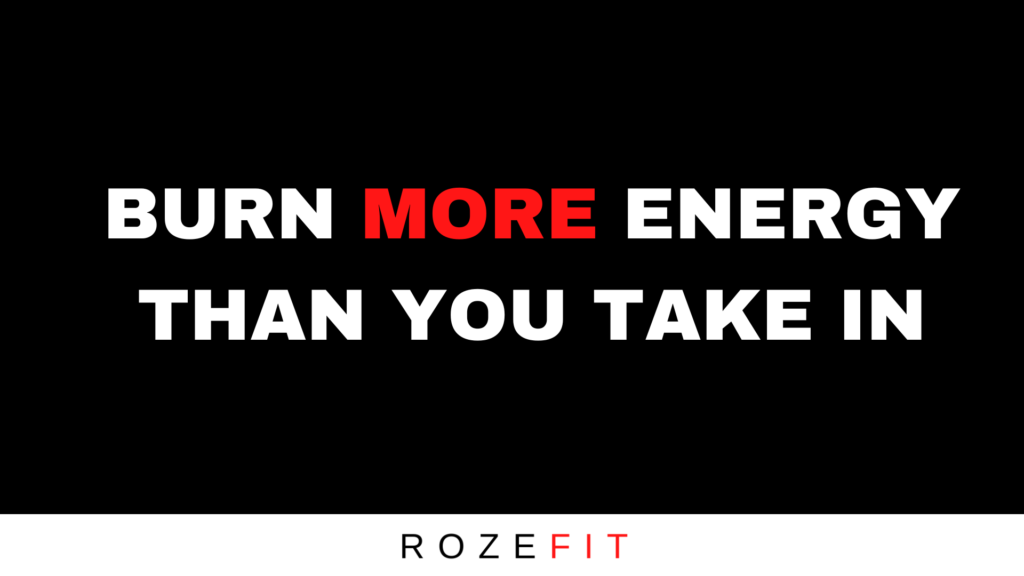
Here’s the prescription.
One way or another, you need to be in an energy deficit to lose body fat – full stop.
I know many diets out there claim calories don’t matter, but at the end of the day, a diet is just a negative energy balance.
Burning more than you take in.
This can be accomplished through time-restricted feeding or just overall caloric restriction.
There are many ways to accomplish an energy deficit, but the bottom line is that you need to be burning more energy than you take in.
I have several ways of addressing this.
Shoot me an email, and we can discuss the right strategy for you.
Start Today

Middle age comes with unique changes, but if you are trying to live a long, healthy life, free of disease, it’s time to start taking action.
It is never too late; no matter how late to the game you feel, there is always room for improvement.
If you made it this far in the article, you are already ahead of the curve when it comes to improving your health so that you can confidently continue into your middle-aged years.
Feel free to contact me; I’d be happy to help you more!
Cheers.

